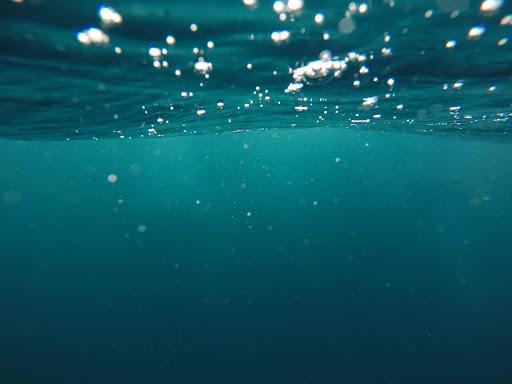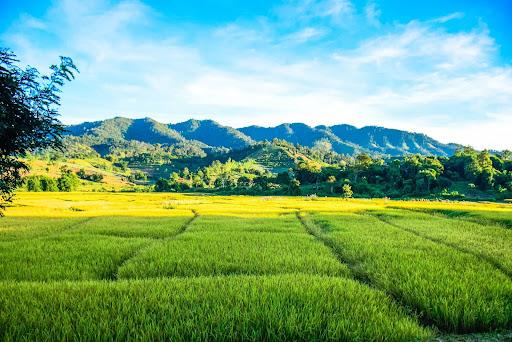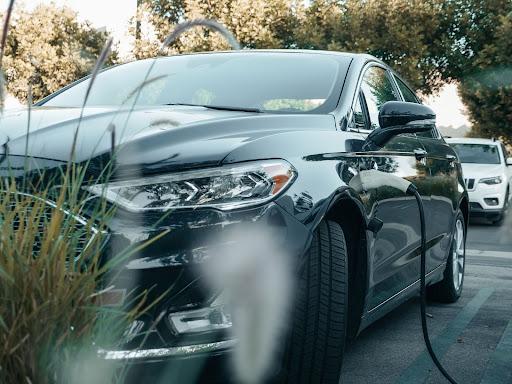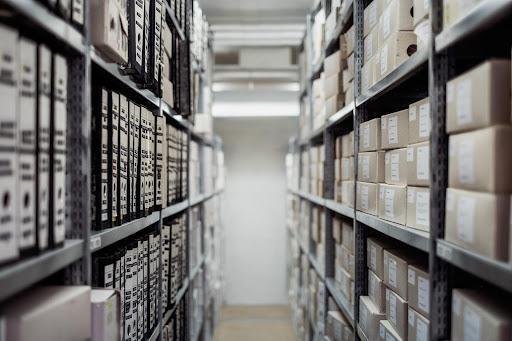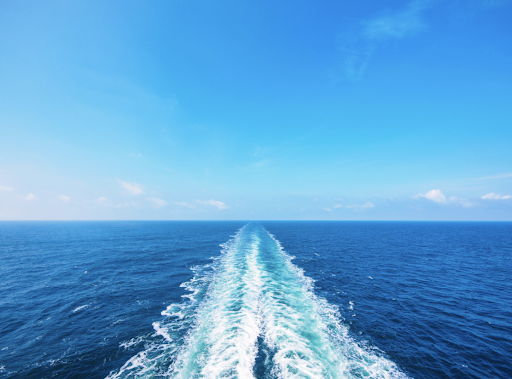Neodymium Magnet Information
-
The Role of Magnets and Magnetic Technology in Hydrographic Surveying
In a recent blog, we talked about the role of magnets in land surveying and mapping; this week, we’re covering the fascinating world of hydrographic surveying. Similar to land surveying, the goal of hydrographic surveying is to determine the depth of the water and the topography of the bottom of say, a lake or ocean. The civil engineers who partake in these surveys use similar tools as they would above ground — in this case, a magnetometer with a magnetic sensor. Continue reading → -
Magnetic Solutions for Surveying & Mapping
Land surveying is an age-old career that has evolved and remained current through the years. These individuals are hired to give comprehensive and precise boundary information on parcels of land, as well as provide geospatial data — what is on the land and what may be underneath? Surveyors have long been consulted for construction projects, settlements for property disputes, or even map-making. Other similar professions with potential overlap in responsibility include land planners, civil engineers, and developers. Continue reading → -
Halbach Array for Electric Motors
Let’s talk about the Halbach Array. A phenomenon that was initially discovered in 1973, this arrangement of permanent magnets functions to make the magnetic field one side stronger while negating the opposite field to nearly zero. For comparison, with a single magnet, you will have equal strength on either end. It wasn’t until the 1980s that a physicist applied the Halbach array as a means to focus particle beams, electrons, and lasers. Continue reading → -
Permanent Magnets for Different Kinds of Sensors
Permanent magnets are used in a variety of sensor applications; but what exactly is a sensor? A sensor measures input from its environment and converts it into data. That data might be collected and interpreted visually by a person (e.g., glass thermometer), or electronically by a machine. Sensors measure all sorts of things, including distance, weight, temperature, proximity, position, velocity, direction, etc. Continue reading → -
Is it Time to Replace Your Magnet?
If well-cared-for and left unexposed to external influences, a permanent magnet will stay strong for a very long time. When in use, it’s a slightly different story. Regardless of how you’re using your magnets, but certainly, in business and industrial applications, it’s important to know what can weaken a magnet so you can replace it as necessary. Replacing your magnets at the most appropriate interval is an important way to protect the value of your investment. Continue reading → -
What Are “Air Gaps” & How Do They Impact Magnets?
There are many factors to consider when purchasing magnets for your business. You must consider the size, shape, pole strength, magnetization direction, etc. One important factor that is often overlooked is the air gap. What exactly is the “air gap?” Continue reading → -
Magnet Storing Tips, According To Magnet Type
Magnet safety entails how to handle magnets, where to store them, and the ideal storage environment. It is especially important when handling strong industrial magnets. If magnet safety is not followed, it can lead to personal injury or damage directly to the magnet, such as breaking, chipping, and cracking. Continue reading → -
Three Ways To Use Industrial Magnets On Cruise Ships
In a recent blog post, we shared three magnetic hacks to upgrade your cabin, such as using hook magnets to hang items or clip magnets to organize your stateroom. Similar to these hacks, there are many cruise ship hacks on an industrial level. Because magnets can have a strong pull force, are weather-resistant and durable, and maintain their properties both indoors and outdoors, they are ideal to use on cruise ships. This is largely because many walls and surfaces are magnetic. Continue reading → -
Magnets and Chicken Nuggets — The Crossover You Never Knew You Needed
Magnets and chicken nuggets — What could be more well-loved? But do you know the connection? Magnets have long been critical in the food industry, helping with sorting and separating any metal scrap away from product, but they’re also involved in research and testing related to food quality and consistency. We’re not just talking about any food, but chicken nuggets specifically. Continue reading → -
Recycling & the Importance of Separating Ferrous from Nonferrous Metals
If you have kids, then you’ve probably seen Toy Story 3. In a fun twist, it actually includes a little bit of magnet education. Near the end, the toys are trapped on a conveyor belt in a scrapyard. They escape the shredder by hanging onto bits of ferrous metal and getting pulled up and out by the magnetic separator. While there are certainly some finer points they glossed over, it’s a fun way to introduce kids to how magnets are used in the recycling industry. Continue reading →

